This past Thursday we took a class trip to Stift Melk which happens to be the oldest, continuously running Benedictine monastery in the world. It came into existence around 980, under rule of the Babenbergs. Since 1089 it has been functioning and maintained as a monastery by Benedictine monks (for over 900 years!) When we first arrived, we walked through the quaint town and up a bunch of stairs until we discovered this huge structure on a hill top which was the monastery. I pictured this old, crumbling building made of stones but instead was surprised to see a bright yellow and white structure that seemed extremely manicured and well kept. We wandered around for an hour and checked out the French gardens on the grounds until our tour started. When we went into the building, we were shown some paintings and educated on the details of the history and functioning purpose the monastery serves, today. Hundreds of kids attend a secondary school at the monastery, although it is no longer a boarding school. Then we went into a museum where there were many extremely old artifacts such as these writings which were translations done by hand (in beautiful script) and the second most copied piece of work other than the Bible. The relics (which are body parts of Saints which were scattered about to different monasteries because everyone wanted a ‘piece’ of them) caught my attention, especially the jaw of Coloman Monstrance which is considered one abbey’s most precious treasures. The story goes that he was hung on a elderberry bush but his body didn’t decompose even after months and months and his hair and fingernails were still growing. When he was finally taken down, he was brought to a monastery and now his lower jaw remains part of the collection.
In the next room, there was a wooden statue depicting the crucifixion of Christ. It has been in existence over 900 years, and is of Romanesque style. The figure of Christ appears to be void of suffering, and even had a calming, peaceful expression. This emphasis on Christ’s humanity is characteristic of that time period, versus the Renaissance which was more prone to dramatic images of his suffering when depicting his crucifixion. As we went on through the rooms, we came upon crucifixes, chalices and robes of important monks from hundreds of years ago. These were gaudy and made out of decadent materials such as gold and silk. The extravagance only increased as we went through the library and into the church. These Baroque structures were huge and filled with gold statues and colorful Biblical paintings that covered the wall and ceiling. The church was overwhelming in its’ size and appearance. I thought it was completely over the top, there was so much going on in that room from the statues to the paintings, to the marble columns and gold everywhere. As I sat in a pew and thought about the building, I felt quite at odds with the sight before me. When I think of monks, I think of a somber and steady existence of people who remove themselves from the vanity and materialism present in society to live a life devoted to God and his teachings. When I look around, I see the result of tons of money that has poured into the Catholic church, and I feel like these monks are living a life of luxury. This whole place is full of meticulously manicured French gardens with every rose and leaf in it’s proper place, a bounty of golden statues, bright murals, and paintings everywhere, marble columns and walls, and extravagant architecture which all seeps with aesthetic obsession. This gaudy, Baroque style of the monastery doesn’t fit in with my idea of the values and simplicity evoked by the monk lifestyle. While I am not a monk and don’t know all that much about these Benedictine monks, it makes me think critically about this well-kept, luxurious monastery where we spent the entire day.
After the tour, I enjoyed a nap in the garden under a patch of shade, before sitting down to a lovely dinner with the entire class. We ate at a traditional Austrian restaurant where I had salad followed by pork with vegetables and potatoes, and apple strudel for dessert. We also tried three different types of local wine grown throughout the Danube valley. Overall, the day was a great mix of education and relaxation and I enjoyed the trip to the Melk monastery.
Sunday, August 10, 2008
Subscribe to:
Post Comments (Atom)
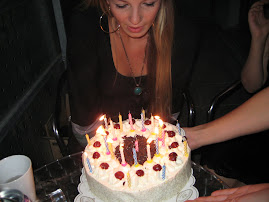

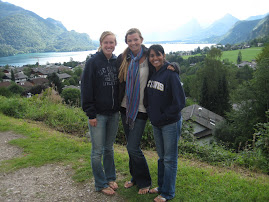
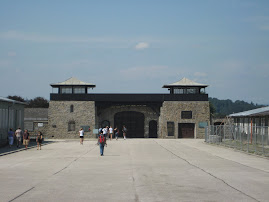
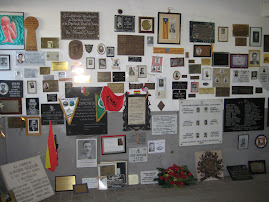
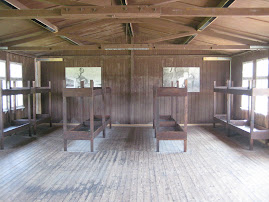
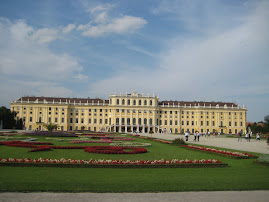
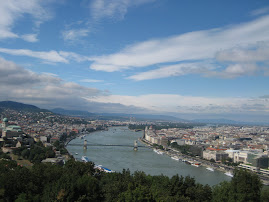
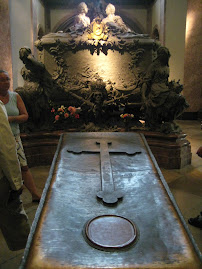
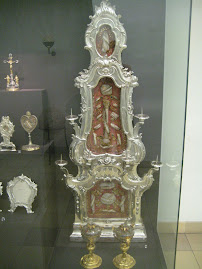
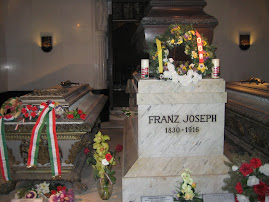

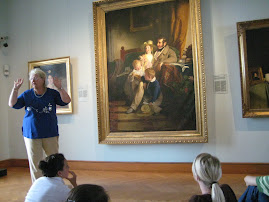
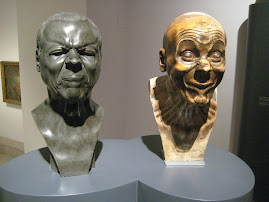
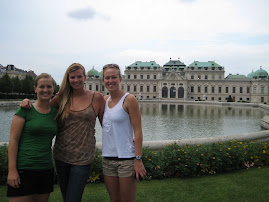
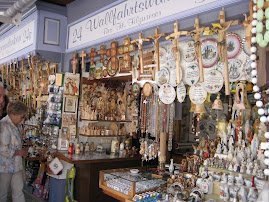
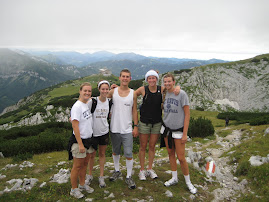
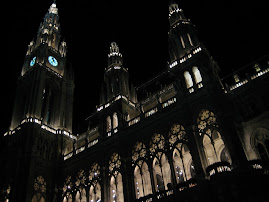
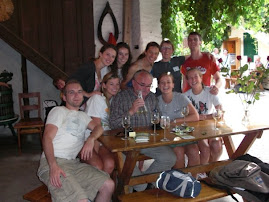
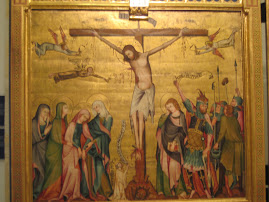
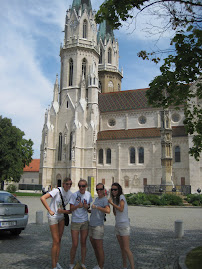
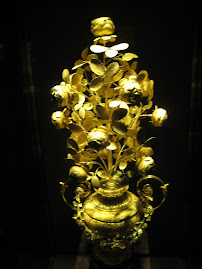
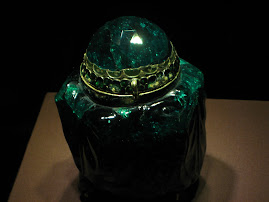
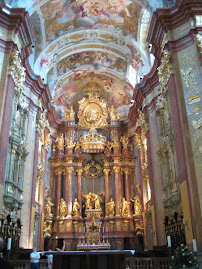
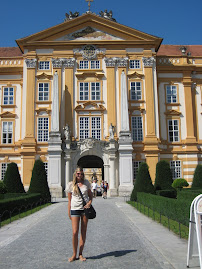
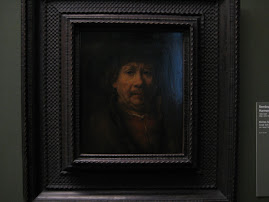
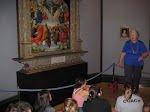
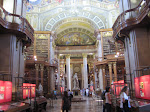
No comments:
Post a Comment